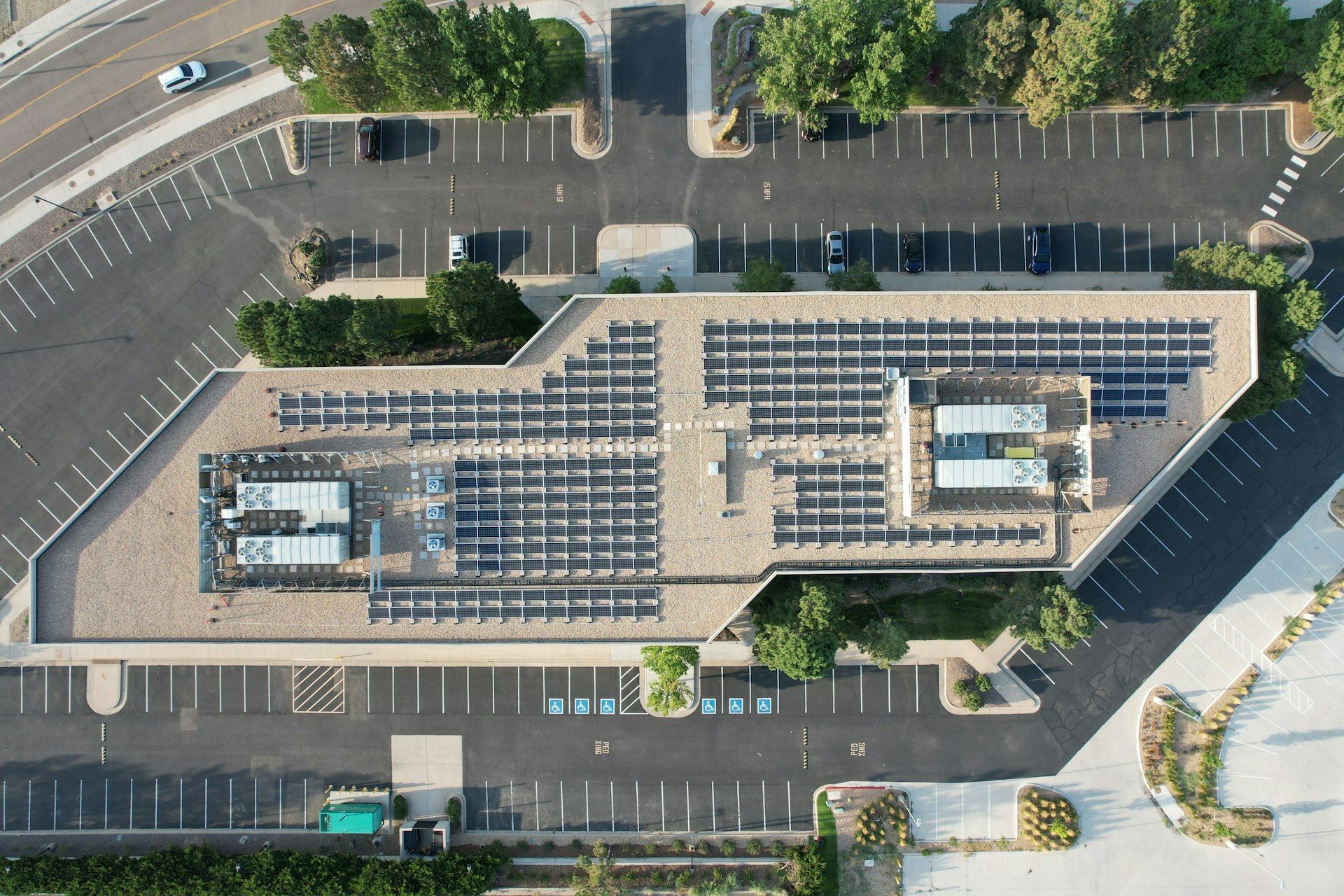Navigating the Rising Demand for Multifamily Housing Units: Trends, Opportunities, and Practical Guidance for 2025

Photo by Acton Crawford on Unsplash
Introduction: The Multifamily Housing Surge in 2025
Across the United States, multifamily housing units are experiencing a significant surge in demand. This trend is fueled by a combination of economic factors, shifting consumer preferences, and supply-side constraints. As renters account for the majority of new household growth and homeownership becomes less attainable for many, multifamily properties remain a cornerstone of the residential real estate market [3] . For investors, landlords, and prospective tenants, understanding the current landscape and knowing how to access opportunities is essential in 2025.
Section 1: Market Dynamics Driving Demand
The multifamily sector has proven resilient, even as it faces the highest level of new supply since the 1980s. Demand remains robust, driven by elevated home prices and mortgage rates, which make homeownership less accessible [3] . In the first half of 2025, rent growth is forecasted at a modest 2.2%, slightly below the long-term average, while vacancy rates are expected to increase to approximately 6.2% [1] . Suburban locations and markets with robust job growth, such as Austin and Denver, are particularly attractive to renters seeking affordability and space [2] .
However, the market faces headwinds: construction starts for buildings with five or more units have dropped sharply (down 30.4% from April to May 2025), mostly due to rising interest rates, material costs, and economic uncertainty [4] . While more than 1 million apartments remain under construction, supply constraints and cautious developer sentiment are shaping the pace of new builds [5] .
Section 2: Evolving Renter Preferences and Sustainability Trends
Today’s renters increasingly prioritize sustainability and modern amenities . Eco-friendly living options, including energy-efficient appliances, smart thermostats, and water-saving fixtures, are in high demand. Landlords who invest in these features not only attract environmentally conscious tenants but also benefit from reduced operating costs and improved property efficiency [2] .
Remote work has further reshaped demand, with many tenants seeking properties that offer high-speed internet, dedicated workspaces, and communal co-working areas. Suburban and secondary markets are gaining popularity as renters look for larger living spaces and flexible lease terms. Landlords and developers should consider these preferences when planning upgrades or new developments, as properties that cater to remote workers and green living often enjoy steadier occupancy rates.
Section 3: Overcoming Construction and Financing Challenges
Despite strong demand, the multifamily sector faces significant supply-side challenges. Rising interest rates and construction costs-especially for materials like steel and lumber-have delayed or halted many projects [4] . Developers are contending with financing hurdles and shifting regulatory environments, which can complicate project timelines and increase risk.
For those seeking to invest or develop new multifamily assets:
- Step 1: Conduct thorough market research using sources such as Freddie Mac, Arbor Realty Trust, and the National Association of Home Builders to assess demand and supply trends in your target market.
- Step 2: Consult with local government agencies and planning departments regarding zoning laws, permitting processes, and available incentives for sustainable development. Search for “local housing incentives” or “multifamily zoning” on your city or county’s official website.
- Step 3: Work with established lenders familiar with multifamily financing. You can inquire at major banks, credit unions, or search for “multifamily loan programs” at institutions such as Fannie Mae or Freddie Mac.
- Step 4: Analyze construction costs and timelines, factoring in potential delays due to supply chain constraints. Consider alternative building materials or modular construction to mitigate risks.
It may be beneficial to partner with experienced general contractors who have a track record in multifamily projects and to consult industry organizations such as the National Apartment Association for best practices.
Section 4: Accessing Multifamily Housing Opportunities
Prospective tenants and investors can access multifamily housing opportunities through several pathways:
- For Renters: Search for available units using reputable listing services (such as Apartments.com, Zillow, or Rent.com), which are verified and accessible online. You can filter by location, price, amenities, and sustainability features. For affordable housing options, visit your local housing authority’s official website and search for “rental assistance programs” or “Section 8 housing.” Contact the U.S. Department of Housing and Urban Development (HUD) for guidance on federal programs.
- For Investors: Review market reports from authoritative sources-including Freddie Mac, Arbor Realty Trust, and NAHB-to identify high-growth markets and assess property values. Attend industry conferences (such as the NAHB International Builders’ Show) and network with local real estate professionals.
- For Developers: Explore public-private partnerships and incentive programs offered by city governments to support new multifamily construction. Search for “multifamily development incentives” or “affordable housing grants” on official city or state portals. Consider working with consultants specializing in sustainable design to enhance property appeal.
If you encounter hurdles in financing or finding suitable properties, consider alternative approaches such as joint ventures, syndication, or partnering with local housing nonprofits that may offer grants or reduced-cost land for development.

Photo by Elham Abdi on Unsplash
Section 5: Challenges, Solutions, and Future Outlook
The multifamily sector faces ongoing challenges, including elevated interest rates, supply chain disruptions, and regulatory uncertainty. Developers must navigate higher costs and project delays, while renters contend with rising rents and limited availability in high-demand markets. However, industry experts predict a return to long-term stability toward the end of 2025 as construction activity normalizes and absorption rates improve [5] .
Effective strategies for overcoming these challenges include:
- Adopting energy-efficient and tech-forward amenities to boost tenant retention and marketability.
- Exploring flexible lease terms and remote work amenities to attract a broader range of tenants.
- Leveraging market intelligence and networking with local industry associations to identify emerging opportunities.
- Seeking government incentives or grants to offset development costs; for guidance, search “affordable housing incentives” or “HUD multifamily programs” on official government portals.
For those entering the market, it is critical to stay informed of changing regulations and macroeconomic signals, as well as to engage with professional advisors who can help navigate complex transactions.
Section 6: Alternative Pathways and Search Strategies
If you are unable to access multifamily housing through traditional channels, consider these alternatives:
- Contact your local housing authority directly for information about rental assistance programs and affordable units.
- Use major listing platforms-such as Apartments.com, Zillow, and Rent.com-to search for units by desired criteria.
- Consult local real estate agents who specialize in multifamily properties for personalized guidance.
- For investors, search for “multifamily investment groups” or “real estate syndication” in your region to explore partnership opportunities.
- For developers, reach out to local economic development offices and nonprofits for grant opportunities or low-interest loans.
Always verify the credibility of services and programs by confirming the agency name and using official government or established organization websites. If you are uncertain about a program or listing, conduct a web search using the precise program name and check for reviews or official endorsements.
Conclusion: Taking Action in a Dynamic Market
The demand for multifamily housing units is set to remain strong in 2025, shaped by economic, demographic, and technological forces. Whether you are a renter, investor, or developer, staying informed and leveraging available resources is key to success. By focusing on sustainable amenities, remote work features, and adapting to market trends, you can capitalize on opportunities and navigate potential obstacles. For the most reliable and current information, consult industry reports from Freddie Mac, Arbor Realty Trust, NAHB, and other verified sources. When searching for housing or investment opportunities, use established listing platforms and official agency portals to ensure accuracy and legitimacy.
References
- [1] Freddie Mac Multifamily (2025). 2025 Multifamily Outlook.
- [2] MRI Software (2025). Multifamily Housing Trends 2025: Insights for Landlords.
- [3] Arbor Realty Trust (2025). U.S. Multifamily Market Snapshot – May 2025.
- [4] National Apartment Association (2025). Multifamily Construction Trends: Summer 2025.
- [5] National Association of Home Builders (2025). Multifamily Market to Stabilize Toward the End of 2025.
MORE FROM smartsavingsfinder.com













